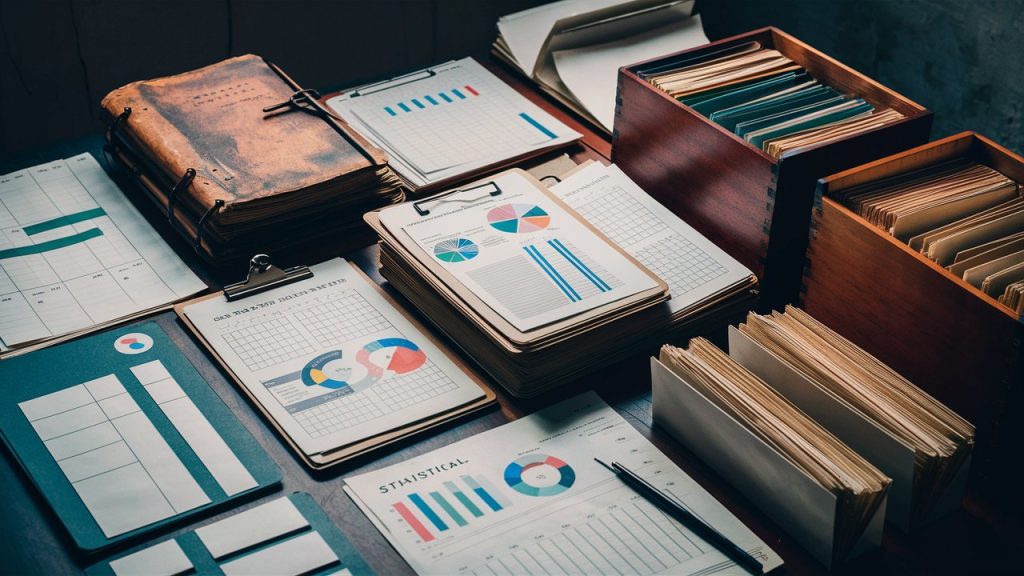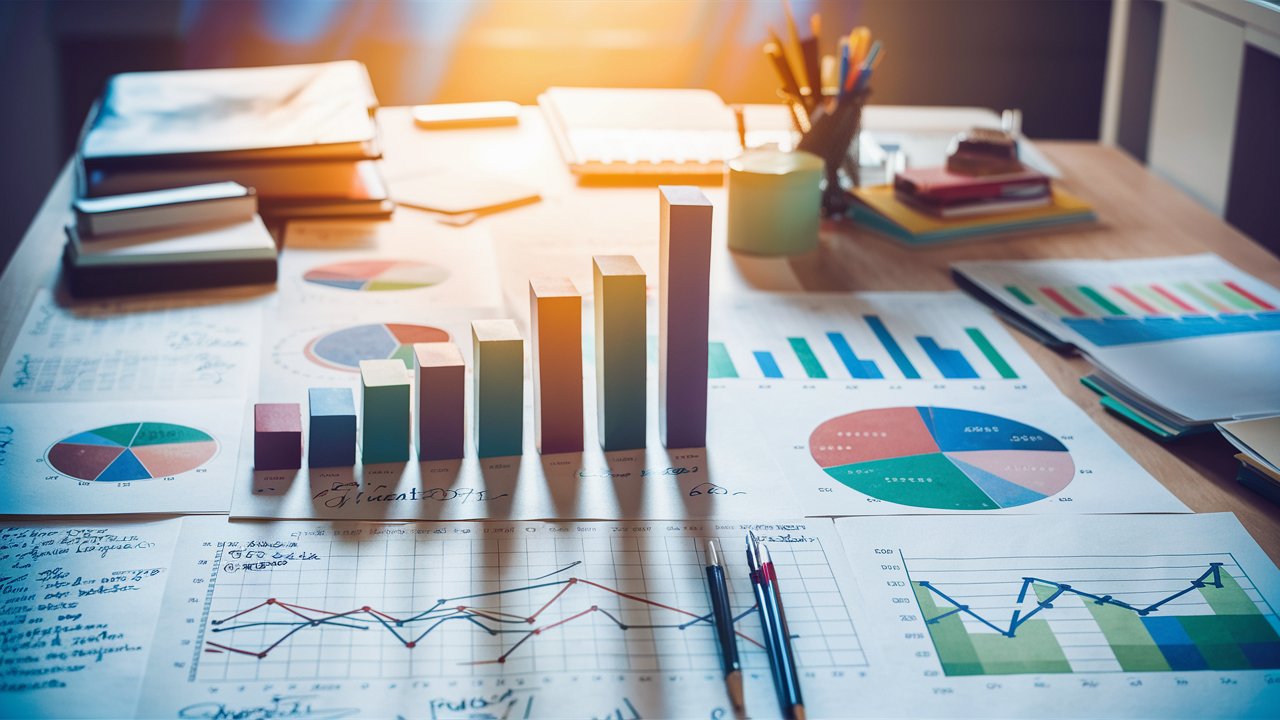Table of Contents
When managing data, it’s crucial to understand what are examples of statistical record keeping techniques that can enhance your data management practices. Effective what are examples of statistical record keeping is essential for accurate analysis and informed decision-making. In this article, we’ll explore various statistical record-keeping techniques, highlighting methods that can help streamline your processes and improve data accuracy.
What are examples of Statistical Record Keeping Techniques

Why Proper Record-Keeping Matters
Statistical record-keeping is vital for several reasons. It ensures that data is accurate, organized, and accessible when needed. What are examples of statistical record keeping techniques supports reliable analysis, leading to better decision-making and more effective strategies. For businesses, it helps track performance and identify trends, making it easier to make data-driven decisions.
Consequences of Poor Record-Keeping
On the other hand, good record-keeping can lead to accurate data, lost information, and ultimately flawed decisions. It can also create inefficiencies and increase the risk of errors, which can affect the overall success of a project or organization. Understanding and implementing effective statistical record-keeping techniques can help avoid these issues.
Also read: Is Math Needed Daily to Thrill an Ultrasound Technician? Discover the Vital Truth
Common Statistical Record-Keeping Techniques
Manual Record Keeping
What It Is
Manual record keeping involves using paper or physical documents to record data. This traditional method includes ledgers, notebooks, and charts. While it may seem outdated, it can still be effective for specific data types and smaller-scale operations.
Benefits and Drawbacks
Manual record keeping is straightforward and does not require technology. However, it can be time-consuming and prone to errors. It is also harder to retrieve and analyze data quickly than digital methods.
Digital Record Keeping
What It Is
Digital record keeping uses electronic tools and software to store and manage data. This includes spreadsheets, databases, and specialized record-keeping software. Digital methods offer a range of features that make data management more efficient.
Benefits and Drawbacks
Digital record-keeping allows for more accessible data storage, retrieval, and analysis. It reduces the risk of human error and can handle large amounts of data more effectively. However, it requires access to technology and can be vulnerable to technical issues or data breaches.
Statistical Software
What It Is
Statistical software is explicitly designed for analyzing and managing data. Examples include programs like SPSS, R, and SAS. These tools offer advanced features for statistical analysis and data visualization.
Benefits and Drawbacks
Statistical software provides powerful analytical capabilities and helps manage complex datasets. It can produce detailed reports and visualizations, making it easier to interpret data. However, it may require specialized training and can be expensive.
Choosing the Right Technique for Your Needs
Assessing Your Data Needs
Assess your data requirements to determine the best what are examples of statistical record keeping techniques. Consider the volume of data, the complexity of your analysis, and how you need to access and use the information. Each method has strengths and is suited to different data types and tasks.
Factors to Consider
- Volume of Data: Large datasets benefit from digital or software-based methods.
- Frequency of Use: Frequently accessed data is easier to manage with digital tools.
- Complexity of Analysis: Complex analysis often requires specialized statistical software.
Implementing Effective Record-keeping
Setting Up a System
Once you’ve chosen a technique, set up a system for consistent what are examples of statistical record keeping techniques, this involves organizing your data, establishing procedures for recording and updating information, and ensuring the system meets your needs.
Best Practices
- Consistency: Apply the same methods and procedures throughout to maintain uniformity.
- Accuracy: Double-check data entries and calculations to minimize errors.
- Security: Protect sensitive data by implementing security measures, especially for digital records.
Maintaining Your System
Review and update your record-keeping system regularly to ensure its effectiveness. Address any issues promptly and adjust your methods to accommodate changes in your data management needs.
Real-Life Examples of Statistical Record Keeping Techniques

Example 1: A Small Business Using Spreadsheets
A small business might use spreadsheets to track sales and expenses. This digital method allows easy data entry and fundamental analysis, helping the business monitor its financial health and make informed decisions for what are examples of statistical record keeping techniques.
Example 2: A Research Team Using Statistical Software
A research team might use statistical software to analyze what are examples of statistical record keeping techniques survey data. The software provides advanced features for data analysis, helping the team identify trends and draw meaningful conclusions from their research.
Understanding what are examples of statistical record keeping techniques is critical to effective data management. Whether you choose manual methods, digital tools, or statistical software, each technique has advantages and is suited to different needs. By implementing the proper techniques and following best practices, you can ensure that your data is accurate, accessible, and helpful in making informed decisions.




